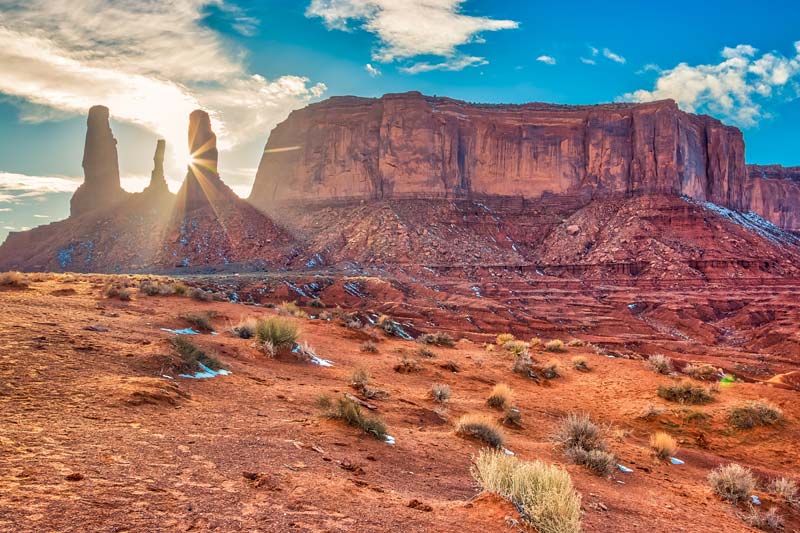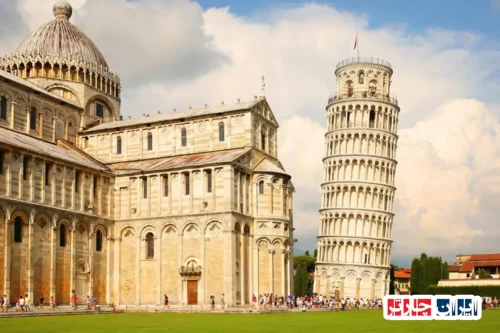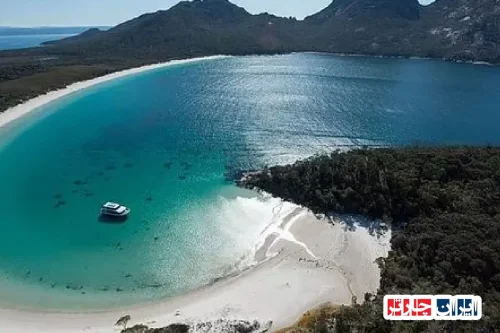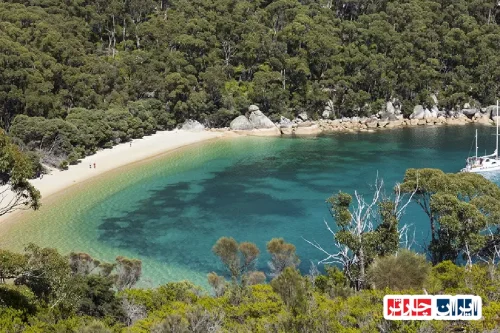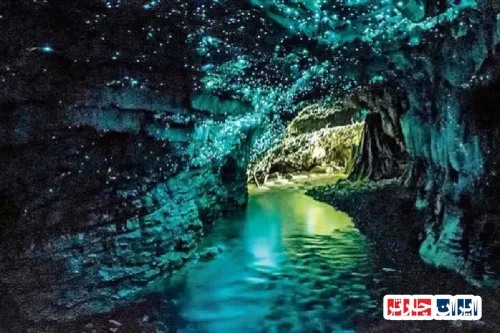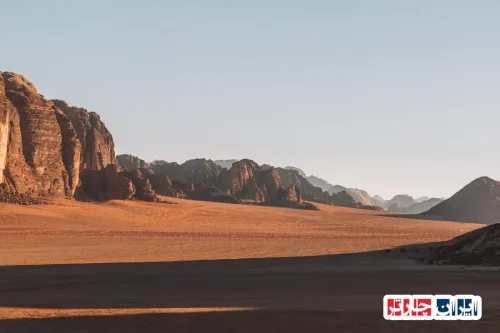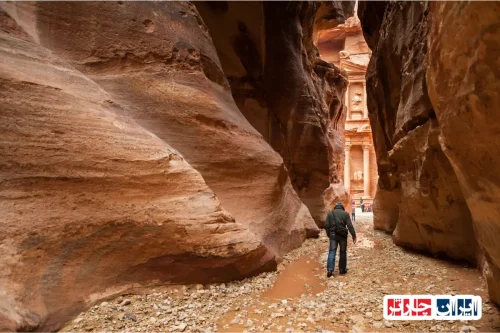Discover the Wonders of Monument Valley Arizona/Utah United States: An Unforgettable Natural and Cultural Experience
Monument Valley Arizona/Utah United States is one of the most iconic and breathtaking landscapes in North America, renowned for its towering sandstone formations, vibrant colors, and rich cultural history. This region, situated on the border between Arizona and Utah, offers visitors a unique blend of natural beauty and indigenous heritage, making it a must-visit destination for travelers seeking adventure, photography, and cultural immersion. The majestic mesas and spires have been shaped over millions of years by wind and water, creating a surreal environment that has captivated explorers, filmmakers, and photographers alike. Exploring Monument Valley allows you to walk through a landscape that has inspired countless legends, stories, and movies, especially in Hollywood Westerns. Whether you’re interested in scenic drives, guided tours by local Navajo guides, or simply soaking in the awe-inspiring vistas, Monument Valley Arizona/Utah United States promises an unforgettable journey into the heart of the American Southwest. For those eager to learn more about this extraordinary region, visit Monument Valley-Iran Charter to plan your adventure and experience the natural and cultural marvels of this remarkable area.
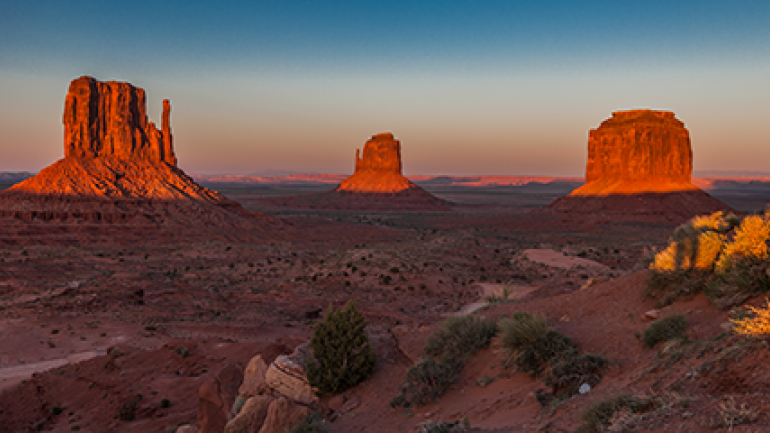
Discover the Rich History and Cultural Significance of Monument Valley in the United States
Monument Valley, located on the Arizona-Utah border, is a symbol of Native American heritage and natural beauty. This iconic landscape has been inhabited for thousands of years, with the Navajo Nation preserving its cultural legacy through stories, art, and traditions. The geological formations, shaped over millions of years by wind and water, tell a story of Earth’s natural history and resilience. Visitors can explore ancient petroglyphs and learn about the spiritual significance of the area to the Navajo people, making it a profound destination for cultural immersion and historical discovery. The region’s history reflects a blend of natural evolution and indigenous culture, offering a unique window into America’s rich heritage.
Unparalleled Natural Wonders and Unique Rock Formations in Monument Valley
Monument Valley is renowned worldwide for its breathtaking sandstone buttes, towering spires, and expansive vistas. These natural sculptures, some reaching over 1,000 feet, are the result of millennia of erosion and geological processes. The valley’s distinctive formations, such as the West Mitten Butte and the Three Sisters, create a surreal landscape that has inspired countless artists, filmmakers, and photographers. The area’s diverse flora and fauna thrive amidst these striking geological features, offering visitors a chance to witness nature’s artistry firsthand. Exploring these natural wonders provides an unforgettable experience, whether through guided tours or self-driven exploration, revealing the true majesty of this natural masterpiece.
Best Seasons and Optimal Times to Visit Monument Valley for an Unforgettable Experience
Choosing the right time to visit Monument Valley enhances the overall experience. Spring and fall are considered ideal due to mild temperatures and vibrant scenery, with colorful sunsets and clear skies. Summer offers longer daylight hours and opportunities for outdoor activities, though it can be quite hot, requiring sun protection and hydration. Winter visits provide a different perspective, with occasional snow-capped formations creating a magical atmosphere, but travelers should be prepared for colder weather and potential road closures. Planning your trip according to weather conditions and personal preferences ensures a comfortable and memorable journey through this iconic landscape.
Comprehensive Guide to Visiting Monument Valley: Routes, Tours, and Essential Tips
To maximize your visit, understanding the available routes and guided tour options is essential. The valley offers scenic drives along designated roads, as well as guided Navajo-led tours that delve into the area’s cultural and geological significance. Short hikes and viewpoint stops are perfect for quick visits, while full-day tours provide in-depth insights into the region’s history and landscape. It’s important to book tours in advance, carry sufficient water, wear appropriate footwear, and respect local regulations. Learning about the best times to visit and safety tips ensures a smooth and enriching experience, allowing you to capture stunning photographs and connect deeply with the environment.
Adventure Activities and Outdoor Experiences in Monument Valley
Monument Valley is a haven for outdoor enthusiasts seeking adventure. Guided jeep tours take visitors deep into the valley’s remote areas, offering close-up views of towering formations and hidden canyons. Photography enthusiasts can capture the dramatic scenery during sunrise and sunset, when the landscape is bathed in golden light. For thrill-seekers, activities such as horseback riding, hiking, and even camping under the stars provide immersive ways to experience the region’s natural beauty. These adventures not only offer adrenaline rushes but also foster a deeper appreciation for the area’s geological and cultural significance, making every moment memorable.
Native American Heritage and Artistic Traditions of Monument Valley
The Navajo Nation has preserved its cultural identity through traditional arts, crafts, and ceremonies in Monument Valley. Visitors can explore local markets featuring handmade jewelry, woven rugs, and pottery, reflecting centuries-old craftsmanship. Cultural centers and guided tours offer insights into Navajo legends, storytelling, and spiritual practices, enriching the visitor experience. Participating in these cultural activities fosters respect and understanding of the indigenous community’s connection to the land. The region’s artistic expressions serve as a bridge between past and present, celebrating the enduring legacy of the Navajo people in this iconic landscape.
Myths, Legends, and Mysteries Surrounding Monument Valley
Monument Valley is steeped in stories and legends passed down through generations. Many believe the towering formations are sacred symbols, representing spiritual beings or ancestral spirits. Local Navajo legends speak of guardian spirits residing within the rocks, guarding the land from harm. These stories add a layer of mystique and reverence to the landscape, attracting visitors seeking a connection to the area’s spiritual essence. Exploring these myths deepens the understanding of the cultural significance of Monument Valley, transforming a sightseeing trip into a journey of discovery and wonder.
Environmental Conservation and Responsible Tourism in Monument Valley
Protecting the fragile ecosystem of Monument Valley is vital for future generations. Visitors are encouraged to follow Leave No Trace principles, avoid littering, and stay on designated paths to minimize environmental impact. Respect for Navajo cultural sites and natural formations ensures the preservation of the region’s integrity. Supporting local businesses and guided tours helps sustain the community and promotes eco-friendly tourism. Educating oneself about the importance of conservation fosters responsible travel, ensuring that Monument Valley remains a pristine and inspiring destination for years to come.
Accommodations and Facilities Near Monument Valley for a Comfortable Stay
Nearby lodging options range from luxury resorts to cozy lodges and campgrounds, catering to different preferences and budgets. Many accommodations offer stunning views of the valley and amenities such as guided tours, cultural experiences, and dining options featuring local cuisine. Planning your stay in advance guarantees availability, especially during peak seasons. Facilities like visitor centers provide maps, information, and assistance, making your visit more convenient. Staying close to the region allows for early morning and sunset viewing opportunities, enriching your experience of Monument Valley’s breathtaking scenery.
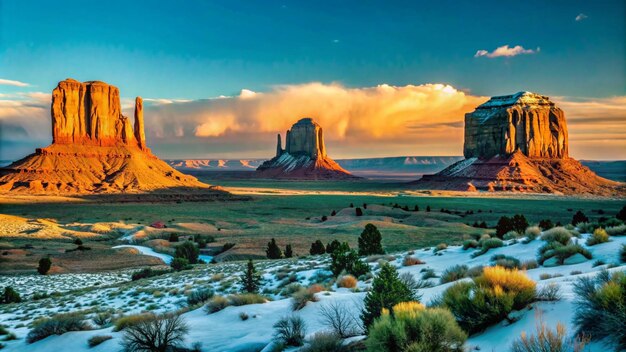
Frequently Asked Questions about Monument Valley
- What is the historical significance of Monument Valley?
- Monument Valley is a symbol of Native American heritage, especially for the Navajo Nation. It has been inhabited for thousands of years, serving as a cultural and spiritual center. The area features ancient petroglyphs and stories passed down through generations, reflecting its deep historical roots and cultural importance.
- What are the main natural attractions in Monument Valley?
- The valley is renowned for its stunning sandstone buttes, towering spires, and expansive vistas. Iconic formations like the West Mitten Butte and the Three Sisters create a surreal landscape that has inspired artists and filmmakers worldwide.
- When is the best time to visit Monument Valley?
- Spring and fall are ideal due to mild weather and vibrant scenery. Summer offers longer days but can be hot, while winter provides a unique experience with occasional snow but requires preparation for colder temperatures.
- How can I explore Monument Valley?
- You can take scenic drives along designated routes, join guided Navajo-led tours, or explore on foot through short hikes and viewpoints. Booking tours in advance and respecting local regulations enhance your experience.
- What outdoor activities are available in Monument Valley?
- Popular activities include jeep tours, horseback riding, hiking, and camping. These adventures allow visitors to experience the landscape up close and appreciate its geological and cultural significance.
- How does Monument Valley reflect Navajo culture?
- The Navajo Nation preserves its traditions through arts, crafts, storytelling, and ceremonies. Visitors can explore local markets, learn about legends, and participate in cultural activities that deepen their understanding of Navajo heritage.
- Are there any legends associated with Monument Valley?
- Yes, many Navajo legends speak of guardian spirits residing within the rocks and sacred symbols representing spiritual beings. These stories add a mystical dimension to the landscape and highlight its spiritual significance.
- What are the conservation efforts in Monument Valley?
- Protecting the fragile environment involves following Leave No Trace principles, staying on designated paths, and respecting cultural sites. Supporting local businesses and eco-friendly tourism helps preserve the region for future generations.
- What accommodations are available near Monument Valley?
- Options range from luxury resorts to cozy lodges and campgrounds. Many offer stunning views, guided tours, and cultural experiences, ensuring a comfortable stay while immersing in the natural beauty of the area.
- Can I visit Monument Valley year-round?
- Yes, but the experience varies with seasons. Spring and fall are most popular, while winter offers a unique snowy landscape. Summer is suitable for outdoor activities but requires precautions against heat.
- Are photography opportunities abundant in Monument Valley?
- Absolutely. Sunrise and sunset provide the best lighting for capturing the dramatic scenery. The landscape’s unique formations make it a favorite spot for photographers worldwide.
- Is it necessary to hire a guide to explore Monument Valley?
- While self-driving is possible on certain routes, guided tours led by Navajo guides offer deeper insights into the cultural and geological significance of the area, enriching your visit.
- What should I bring for a trip to Monument Valley?
- essentials include water, sun protection, comfortable footwear, camera, and layered clothing for varying weather conditions. Booking tours and accommodations in advance is also recommended.
- How does visiting Monument Valley support the Navajo community?
- Participating in guided tours, purchasing local crafts, and staying at Navajo-owned accommodations directly benefit the community, helping sustain their cultural heritage and economy.
- What is the significance of the rock formations in Navajo spirituality?
- The formations are considered sacred symbols, representing spiritual beings and ancestral spirits. They hold deep cultural and spiritual meaning for the Navajo people, making the landscape a revered site.
